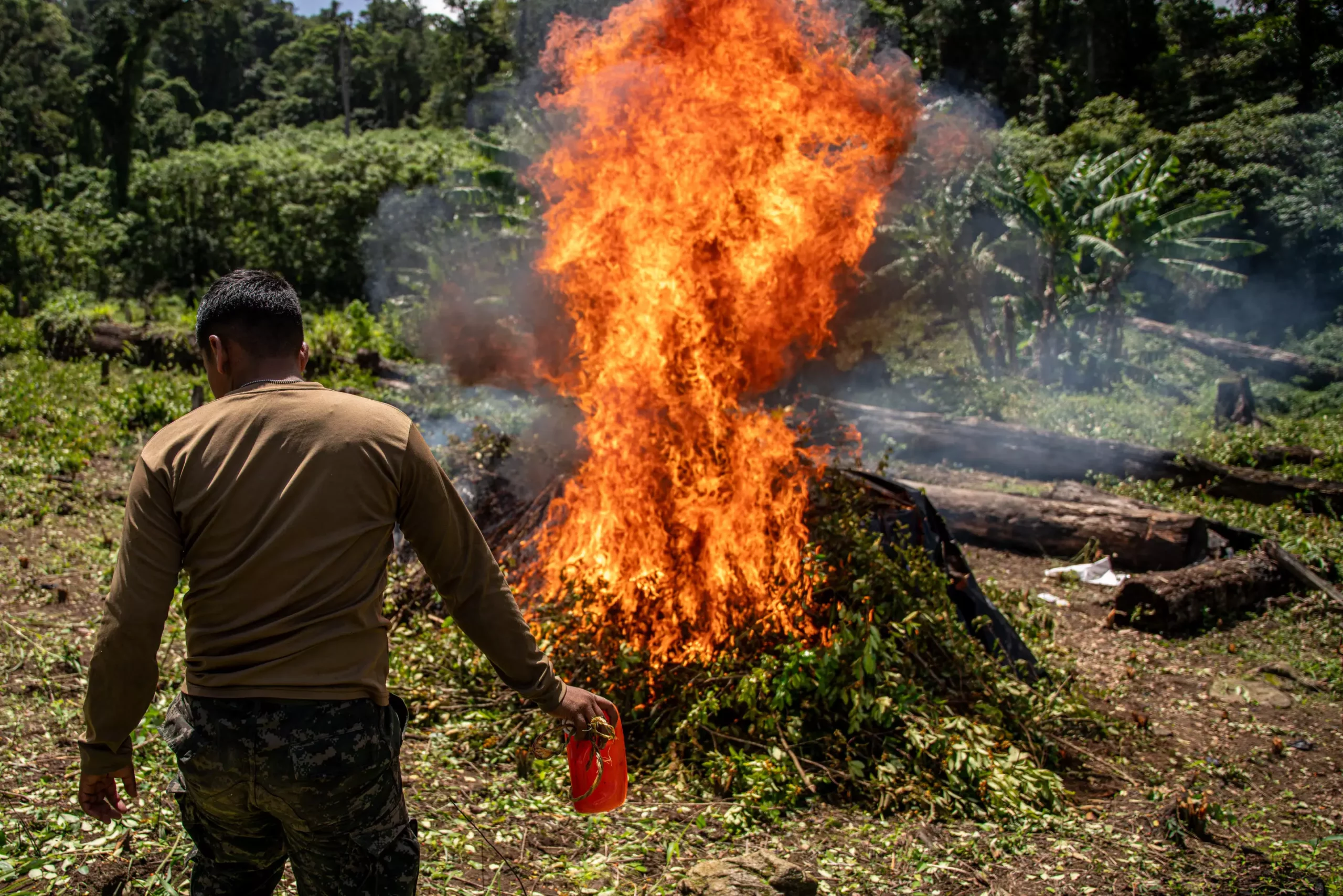The cultivation of coca, the raw material for cocaine, has long been confined to the mountainous terrains of South America. However, emerging research unveils a daunting shift; almost half of northern Central America—including Honduras, Guatemala, and Belize—displays high suitability for coca farming. This revelation, stemming from a study published in the journal *Environmental Research Letters*, underscores a potential new chapter in the narcotics trade, indicating a geographic expansion that could significantly impact international cocaine distribution networks.
Research conducted by a team led by Paulo J. Murillo-Sandoval of Colombia’s Universidad del Tolima brings the issue to light, revealing that 47% of these Central American countries possess climate and soil conditions conducive to growing coca. This development incentivizes a closer examination of how coca could transition from being a rare crop in the region to a more prevalent agricultural product, especially as law enforcement efforts continue to grapple with narcotics trafficking.
While distinct pockets in northern Central America have historically been unoccupied by coca cultivation, situational factors may catalyze its proliferation. Researchers began their study after observing reports of eradication efforts by law enforcement agencies following a seemingly increasing trend in coca manufacturing within the region. Kendra McSweeney, a geography professor at Ohio State University and corresponding author of the study, remarks on this frontier, noting that what was once solely a South American enterprise may evolve into something more inclusive, impacting the broader dynamics of the drug trade.
Several elements contribute to this burgeoning trend. The conclusion of Colombia’s long-term armed conflict in 2016 has led to shifts in coca production strategies. Criminal organizations may view Central America as a more advantageous farming locale due to factors including proximity to lucrative markets, such as the United States. The availability of precursor chemicals to transform coca into cocaine also receives less regulatory scrutiny in Central America compared to Colombia, adding another layer of attractiveness to potential cocaine traffickers.
The economic dynamics surrounding coca cultivation in Central America cannot be ignored. As McSweeney suggests, there is a compelling financial rationale for traffickers to cultivate coca closer to consumption markets. By reducing transportation distances, criminals can achieve greater efficiency in their operations while evading the interdiction efforts of law enforcement.
Furthermore, the historical context plays a crucial role in understanding these shifts. Years of repression, eradication, and drug war tactics in Colombia have not succeeded in eliminating coca farming; instead, they have simply displaced it, leading to an ongoing cycle of growth in new regions. Such patterns, if applied to Central America, signify a looming threat; if counterproductive “suppression” methods are applied, they might encourage the geographic spread of coca cultivation rather than its eradication.
The researchers faced profound ethical dilemmas in deciding whether to publish their findings. The fear was that their work could inadvertently strengthen criminal networks or lead to heightened punitive measures against rural communities where coca may be found. Their Central American counterparts, however, argued for the publication, emphasizing the importance of public awareness and preparedness against potential shifts in the drug trafficking landscape.
McSweeney’s reflections reveal an essential aspect of academic responsibility—navigating the thin line between disseminating valuable insights and shielding communities from potential backlash. It demonstrates the diverse perspectives within the research community about how best to approach these urgent sociopolitical issues.
Current supply-side strategies in the war on drugs, primarily focusing on law enforcement and eradication tactics, have shown limited success. Historical evidence points to the futility of these measures, as they often result in a mere relocation of coca production rather than a decline in overall output.
In light of the findings, there needs to be a reevaluation of drug policies that align more closely with comprehensive harm reduction strategies, economic development opportunities, and community engagement rather than punitive enforcement actions. The challenges posed by the emerging coca cultivation landscape in Central America call for innovative solutions that dismantle the systemic issues driving both production and consumption instead of fostering an environment ripe for further escalation.
As the research indicates, Central America is at a pivotal moment facing potential shifts in the cocaine trade. The challenges presented warrant proactive measures and thoughtful engagement across sectors. Policymakers, researchers, and communities must unite in constructing strategies that address not only the immediate concerns surrounding emerging coca cultivation but also the broader implications for regional stability, health, and security. Acknowledging that simplistic, repressive approaches have historically failed is critical in redefining how society combats the complexities of the narcotics issue, ultimately leading to more sustainable resolutions.

